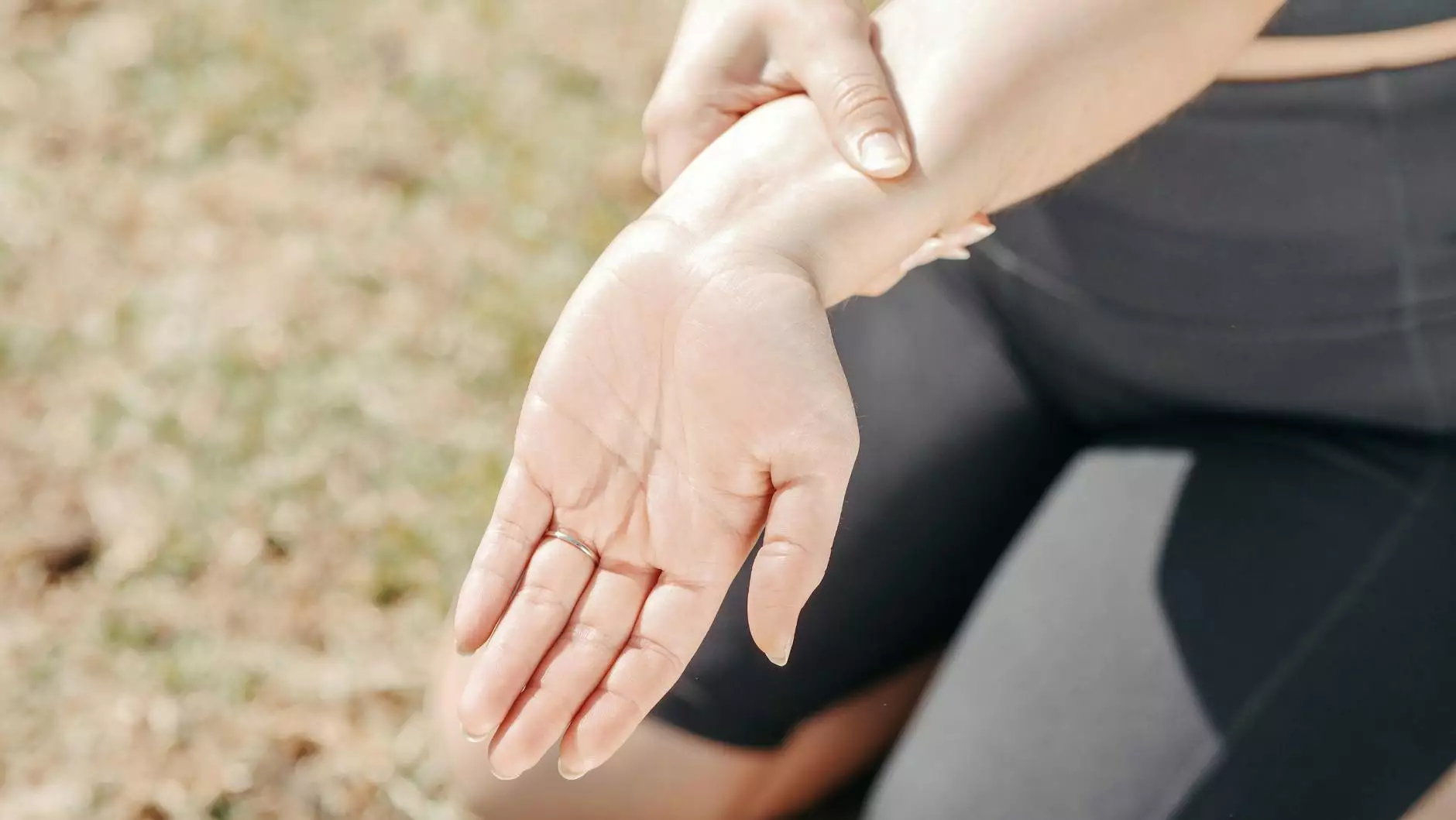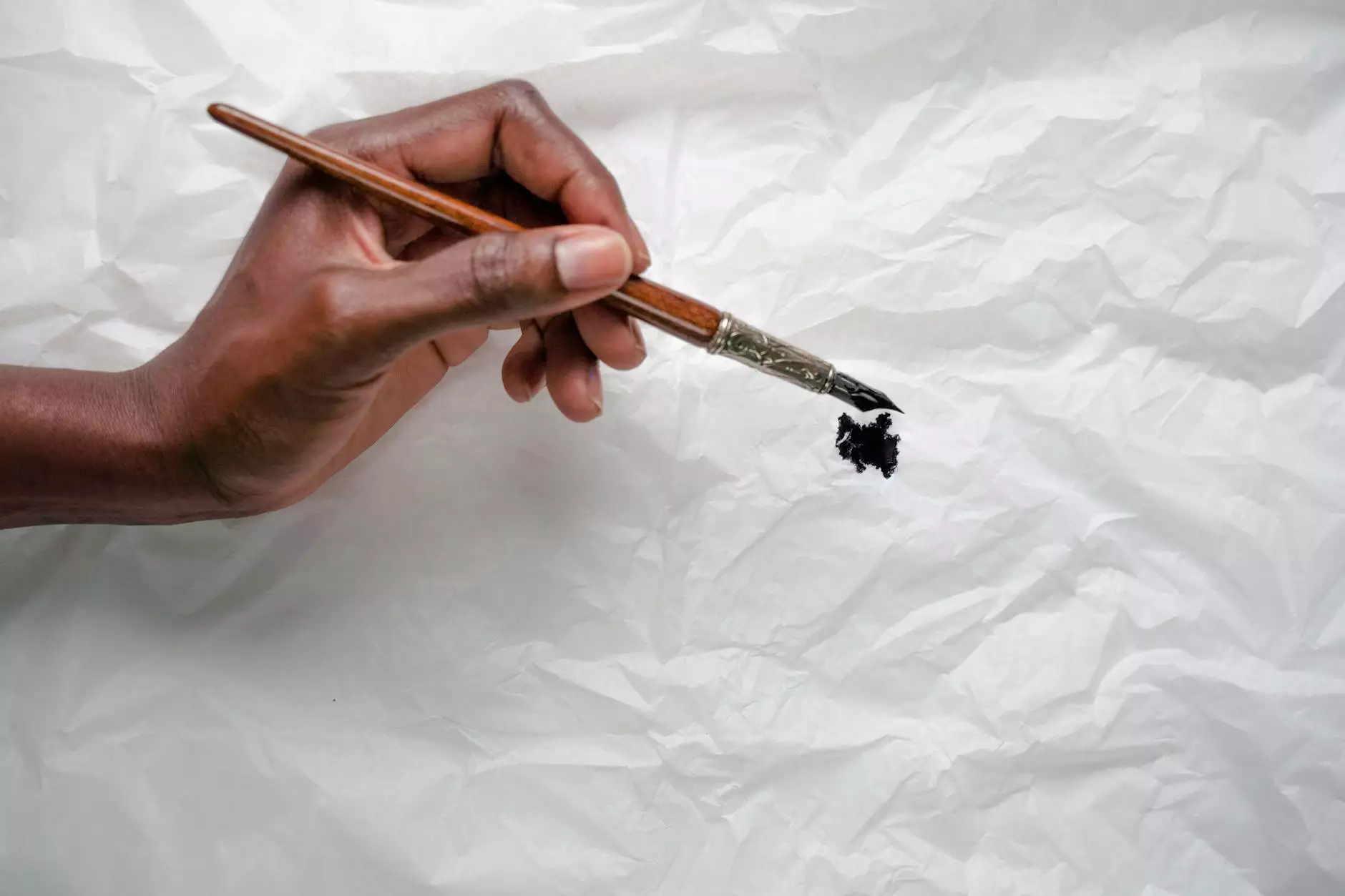Tendonitis vs Tendinosis vs Tendinopathy: Understanding Your Condition

Tendons, the fibrous tissues that connect muscles to bones, play an essential role in our mobility and overall physical function. However, they are also prone to injury and degradation, leading to conditions such as tendonitis, tendinosis, and tendinopathy. Each of these terms describes a different aspect of tendon health, and understanding the differences is crucial for effective treatment and management.
What is Tendonitis?
Tendonitis is characterized by the inflammation of a tendon, often as a result of overuse or repetitive motion. This condition typically presents with symptoms such as:
- Pain: Often sharp and localized around the affected tendon.
- Swelling: The area may appear swollen or tender to the touch.
- Stiffness: Reduced range of motion, particularly in the morning or after prolonged inactivity.
Tendonitis is often acute, meaning it occurs suddenly after repetitive activities such as sports, gardening, or even typing. Common areas affected include the elbow (tennis elbow), shoulder (rotator cuff tendinitis), knee (patellar tendinitis), and Achilles tendon.
What is Tendinosis?
Tendinosis, on the other hand, refers to the degeneration of a tendon due to chronic overuse, often without significant inflammation. Unlike tendonitis, which is marked by inflammation, tendinosis indicates that the tendon has been weakened and may have developed microscopic tears. Key points about tendinosis include:
- Chronic condition: It develops gradually over time, typically due to repetitive strain.
- Pain: The pain associated with tendinosis is usually more dull and persistent than in tendonitis.
- Tendon changes: Affected tendons may appear thickened or nodular upon examination.
Common sites for tendinosis include the Achilles tendon, patellar tendon, and tendons in the shoulder and elbow. Chronic conditions like these can lead to significant impairment if not properly managed.
What is Tendinopathy?
Tendinopathy is a broader term that encompasses both tendonitis and tendinosis. It refers to any type of tendon injury or disorder, whether inflammatory or degenerative. The symptoms of tendinopathy often include:
- Persistent pain: Pain that worsens with activity and relieves with rest.
- Soreness: Tenderness around the affected area, particularly during movement.
- Difficulty in movement: Reduced strength and flexibility in the affected tendon.
Tendinopathy can be caused by various factors, including but not limited to:
- Overuse: Repetitive motions or excessive training can overload the tendons.
- Age: Tendons become less elastic with age, making them more susceptible to injuries.
- Biomechanical factors: Improper technique during sports or physical activities can contribute to tendon strain.
Comparative Analysis: Tendonitis, Tendinosis, and Tendinopathy
Understanding the differences between these three conditions is vital for effective treatment. Here’s a concise comparison:
CharacteristicTendonitisTendinosisTendinopathyType of conditionInflammatoryDegenerativeGeneral term for tendon problemsOnsetAcuteChronicCan be acute or chronicPain characteristicsSharp, localizedDull, persistentVariableCommonly affected tendonsCommon joints affected: elbow, shoulder, knee, AchillesCommon joints affected: Achilles, patellar, shoulderAll tendon injuriesDiagnosis and Evaluation
Diagnosing these conditions requires a thorough evaluation by a healthcare professional, often including the following steps:
- Medical History: Discussing the onset of symptoms, activities that exacerbate the condition, and past injuries.
- Physical Examination: Assessing for tenderness, swelling, and range of motion. The practitioner might perform specific tests to pinpoint the affected tendon.
- Imaging Techniques: In some cases, ultrasound or MRI may be employed to visualize the condition of the tendon and assess for tears or degeneration.
Treatment Options
The treatment for tendon conditions focuses on reducing pain and inflammation, restoring function, and preventing further injury. Here are some common treatment modalities:
Conservative Treatments
- Rest: Avoiding activities that place stress on the injured tendon is crucial.
- Ice Therapy: Applying ice to the affected area can help reduce swelling and pain.
- Compression and Elevation: Keeping the area compressed and elevated can also aid in reducing inflammation.
- Physical Therapy: A tailored rehabilitation program can help restore strength, flexibility, and function.
- Medication: Nonsteroidal anti-inflammatory drugs (NSAIDs) can help manage pain and inflammation.
Advanced Treatments
- Corticosteroid Injections: These can provide temporary relief for inflammation.
- Platelet-Rich Plasma (PRP) Therapy: This involves injecting a concentration of platelets to promote healing.
- Ultrasound Therapy: It can be used to promote tissue healing and alleviate pain.
- surgical Options: In chronic cases, surgical intervention might be necessary to repair or remove damaged tendon tissue.
Preventive Measures
Preventing tendon injuries is possible through the following strategies:
- Warm-Up Properly: Always warm up before engaging in physical activities to prepare your tendons.
- Strengthen Supporting Muscles: Focus on strength training to improve tendon resilience.
- Avoid Overtraining: Gradually increase the intensity of your workouts to prevent overuse injuries.
- Use Proper Technique: Ensure that you are using the correct technique during sports and exercises to reduce excess stress on your tendons.
- Listen to Your Body: If you experience pain, don't ignore it. Address it early to prevent progression.
Conclusion
In summary, understanding the differences between tendonitis, tendinosis, and tendinopathy is essential for anyone who wishes to maintain healthy tendons and overall physical function. Early diagnosis and intervention can significantly improve outcomes, helping you return to your daily activities with confidence. Remember to consult with healthcare professionals to define the best path forward for your specific condition.
For more detailed information on health and wellness, especially pertaining to muscle and joint care, consider visiting IAOM-US. We are dedicated to providing you with the knowledge and tools to achieve optimal health.
tendonitis vs tendinosis vs tendinopathy








